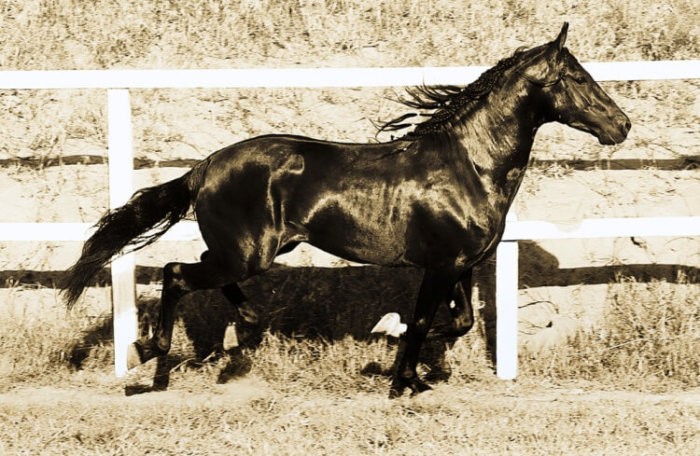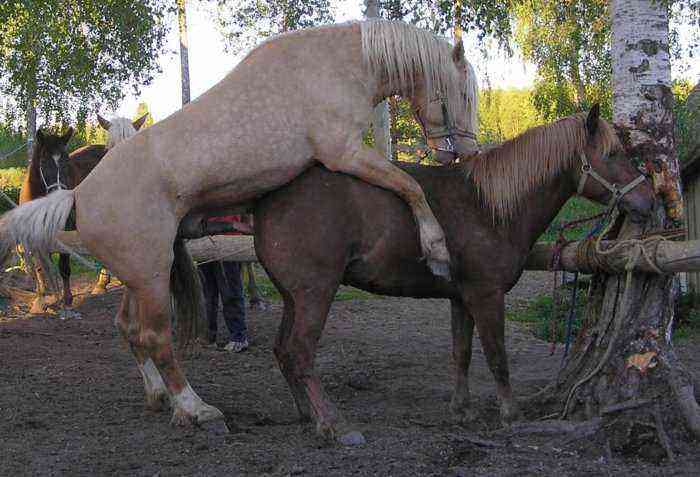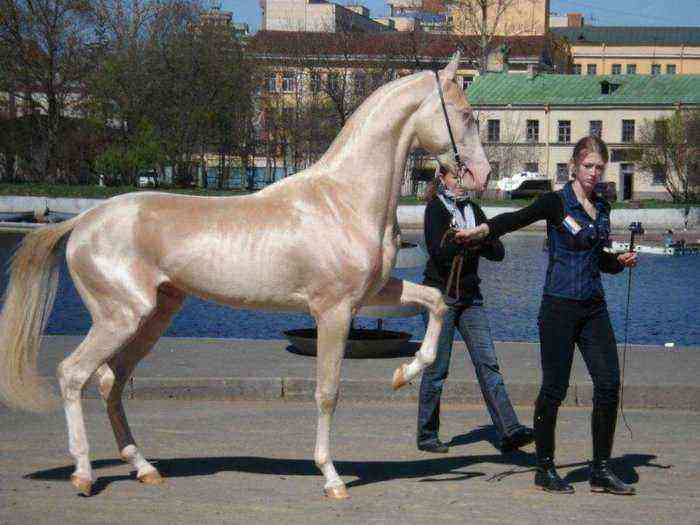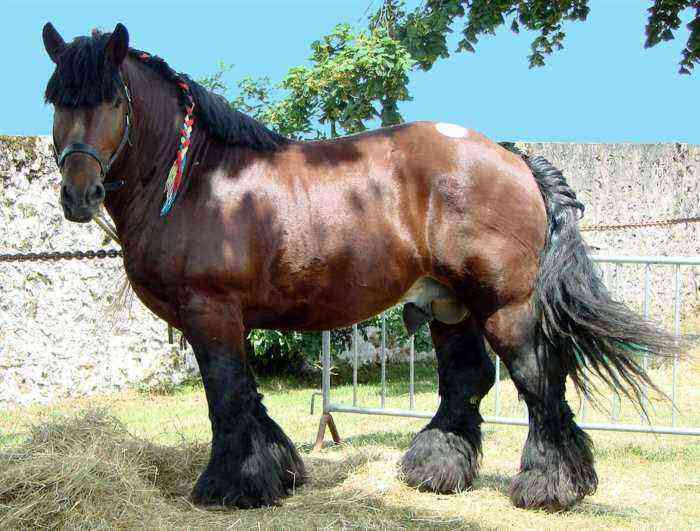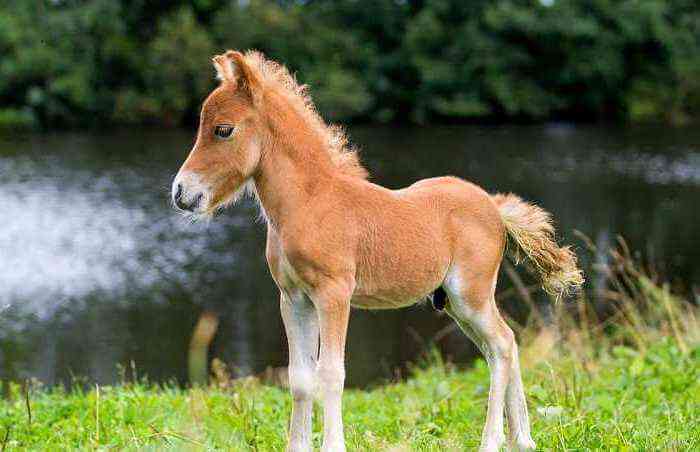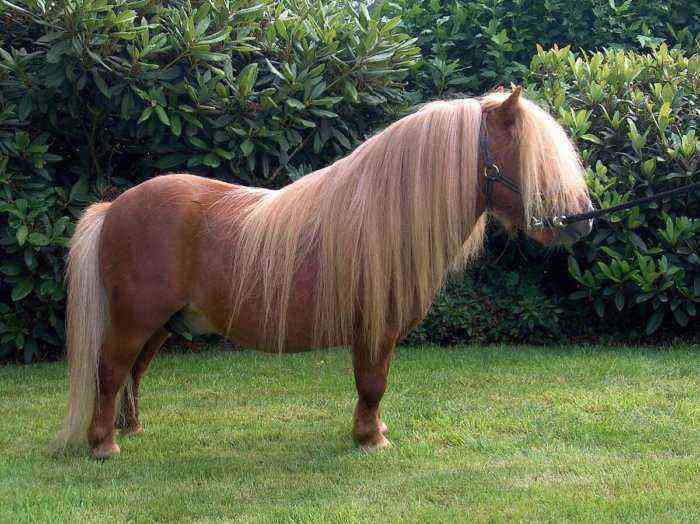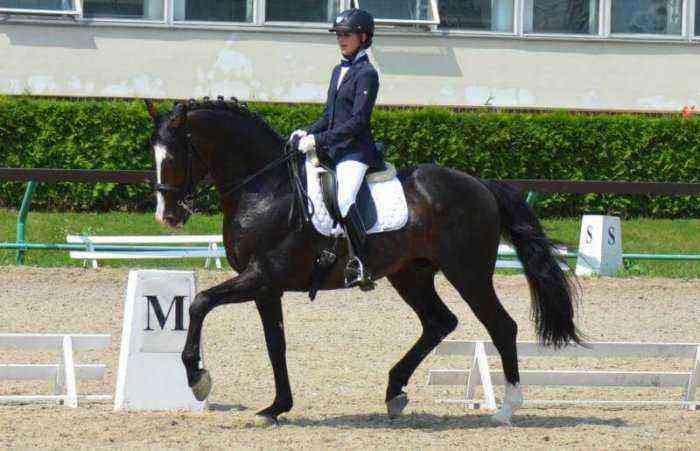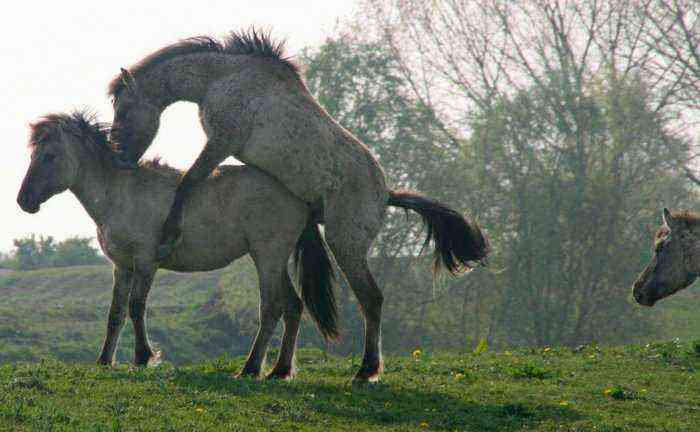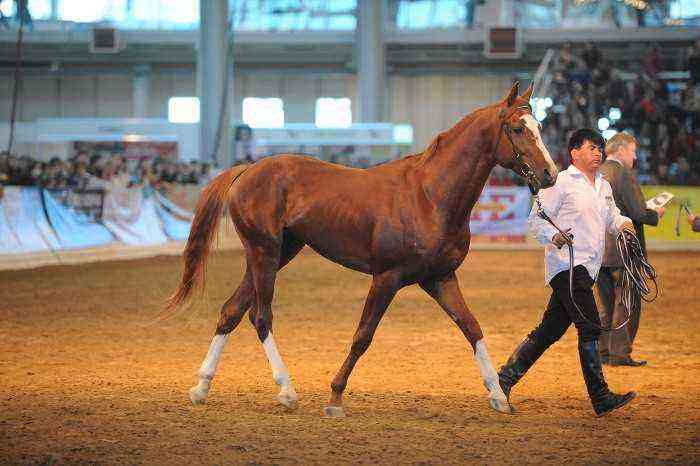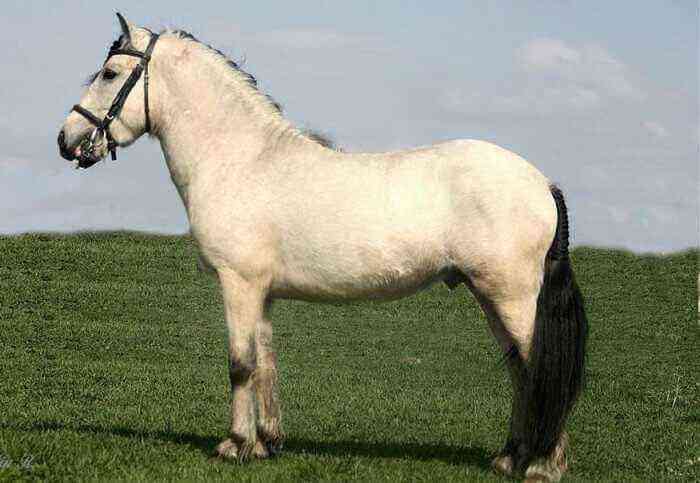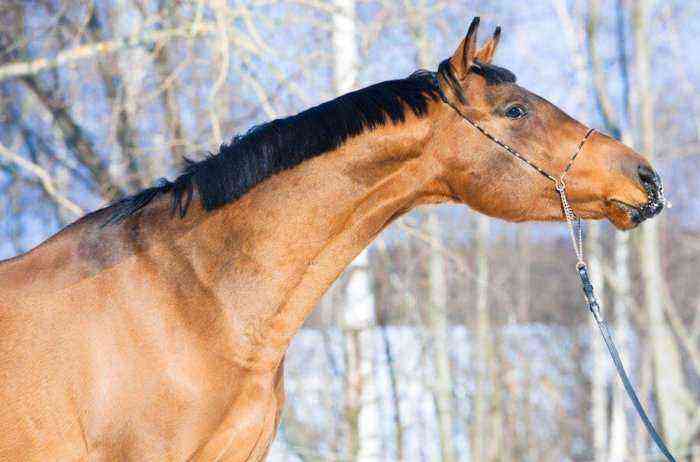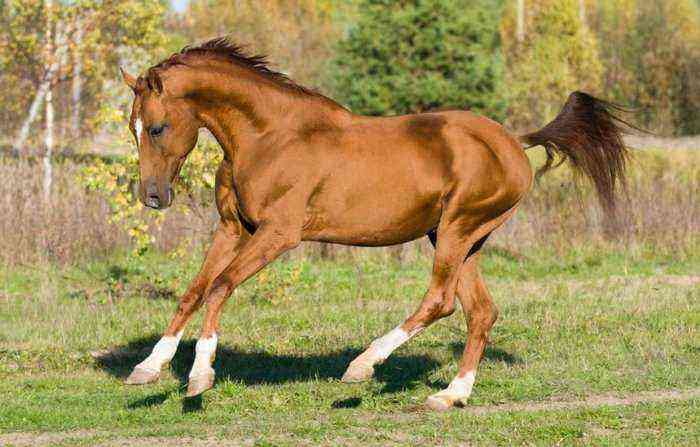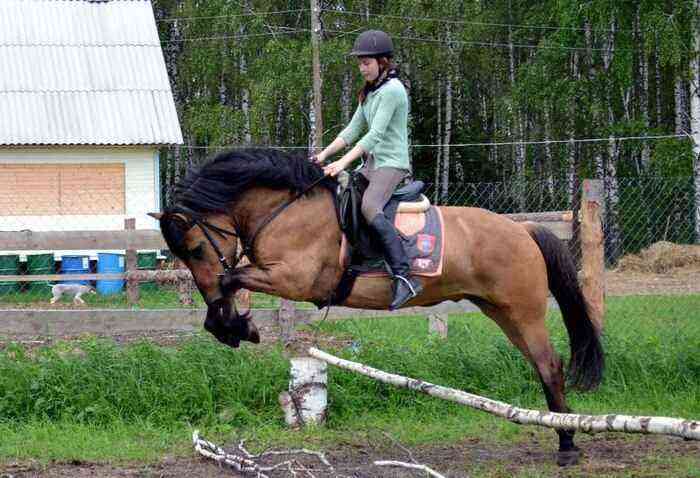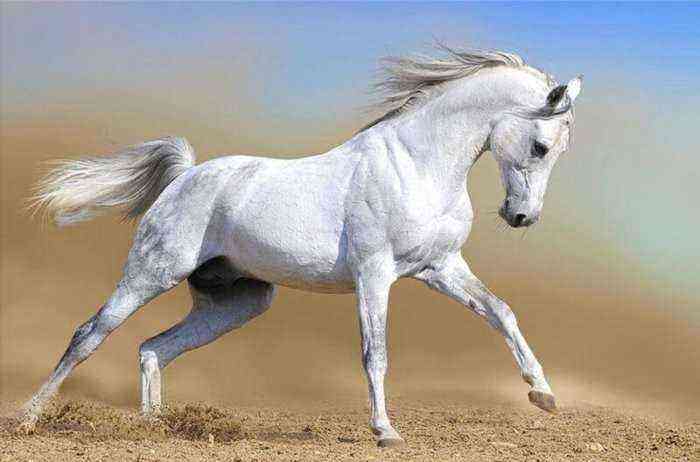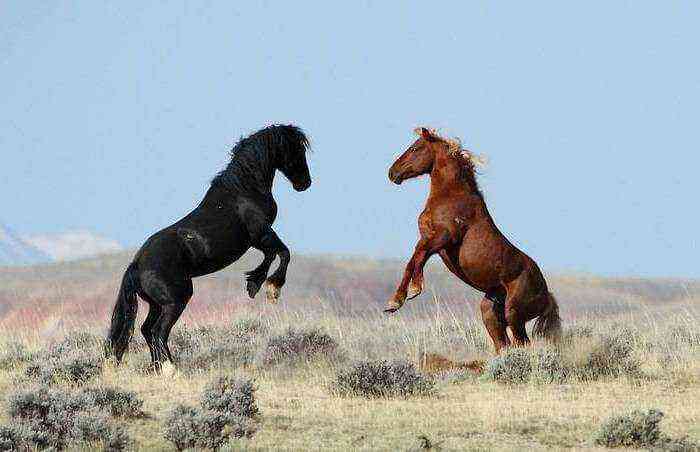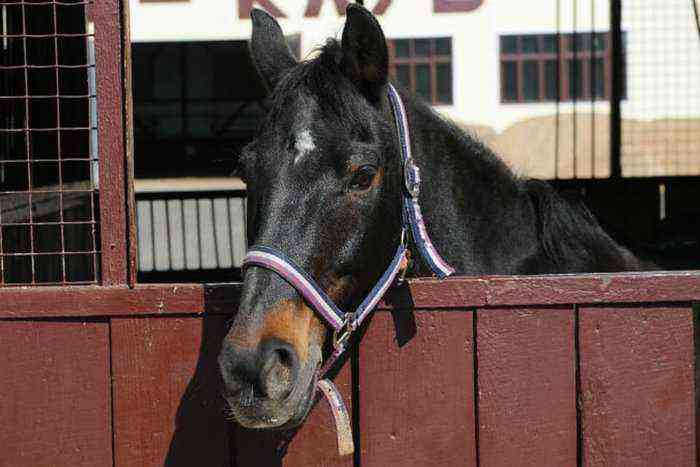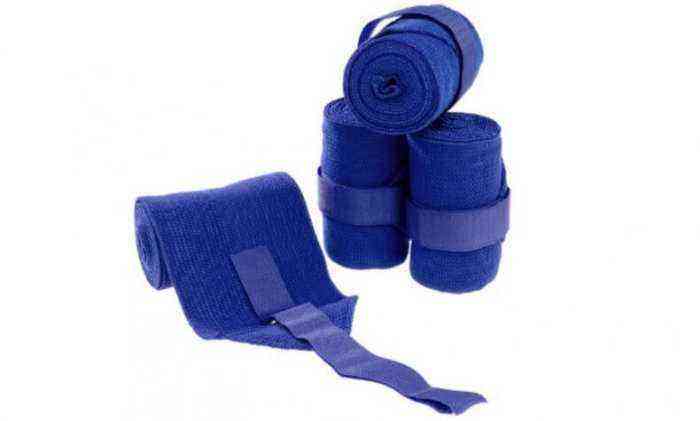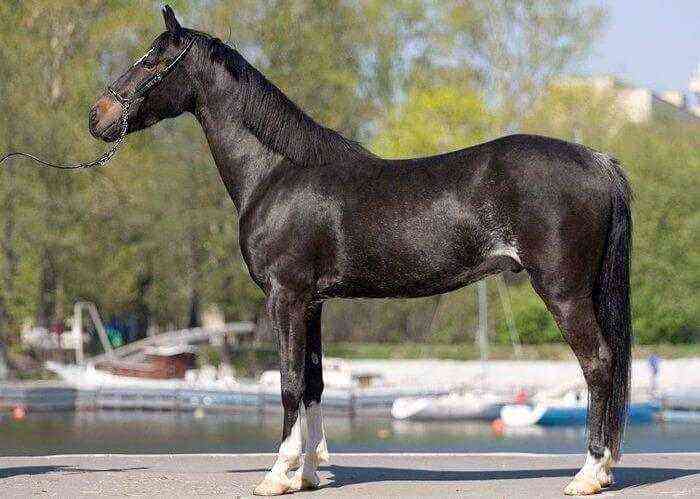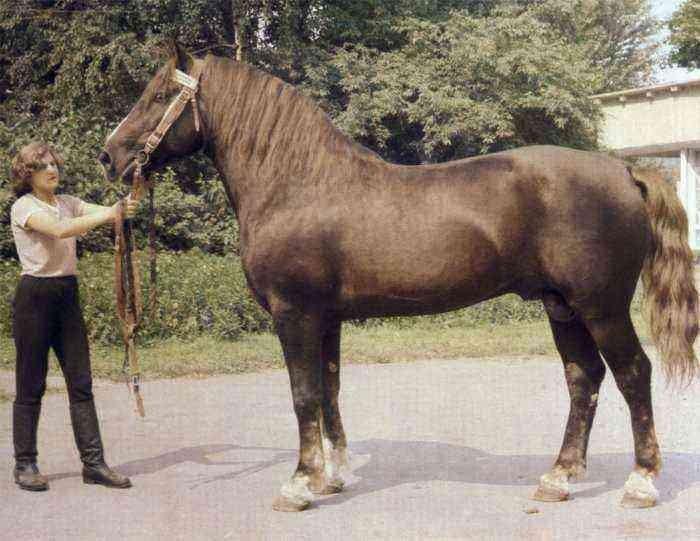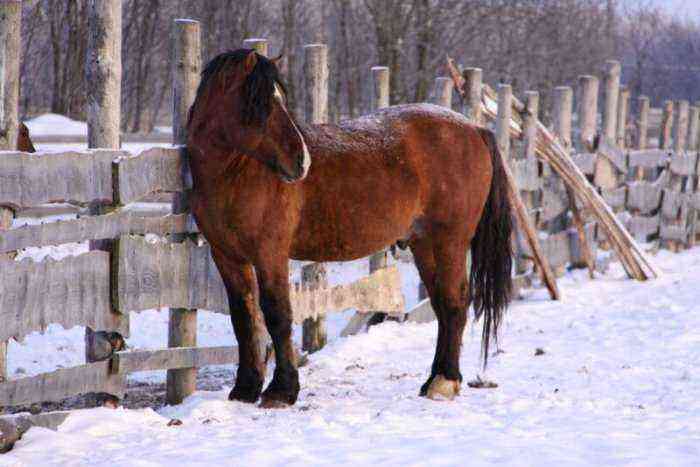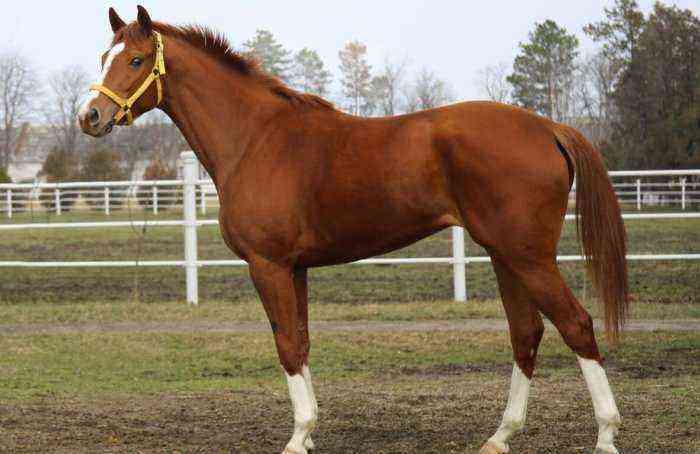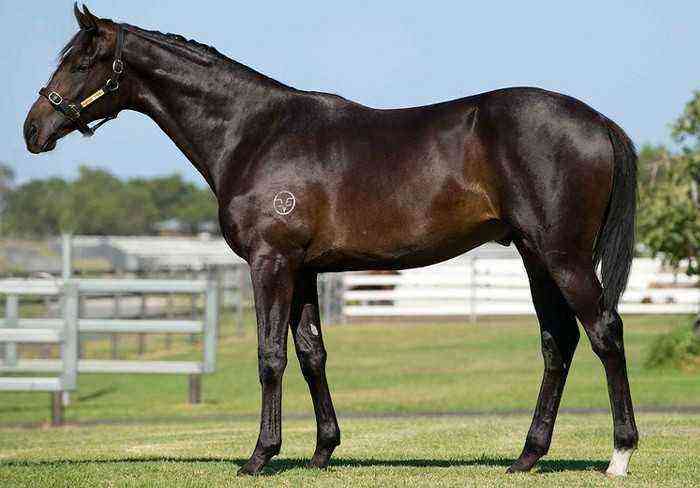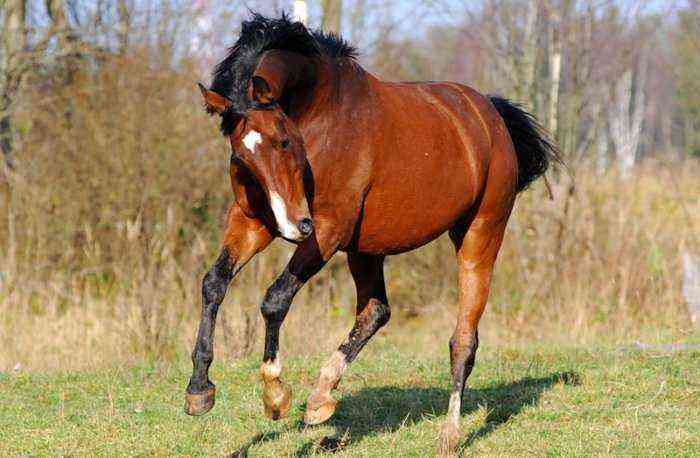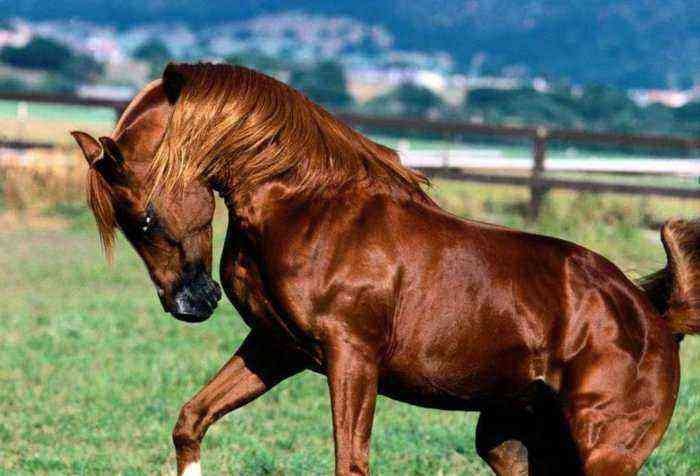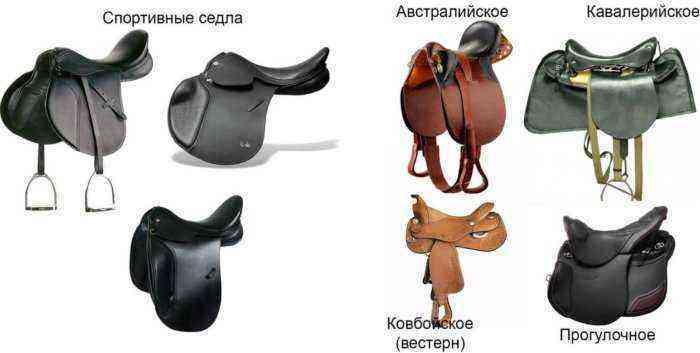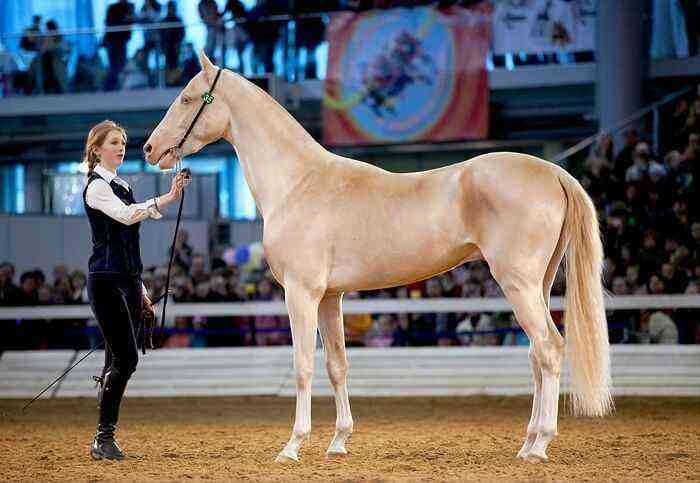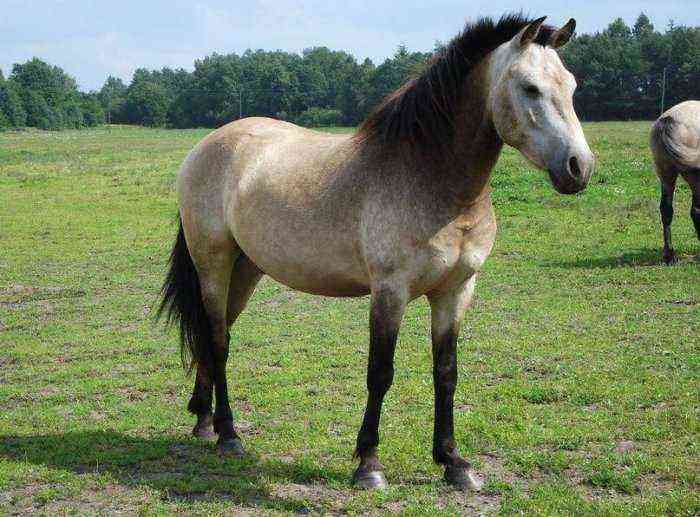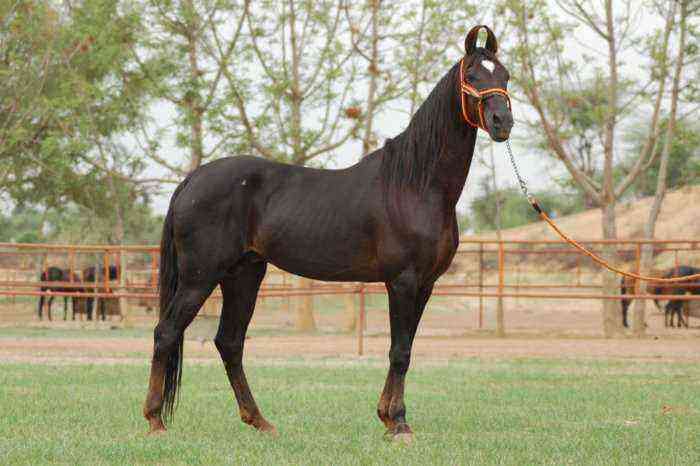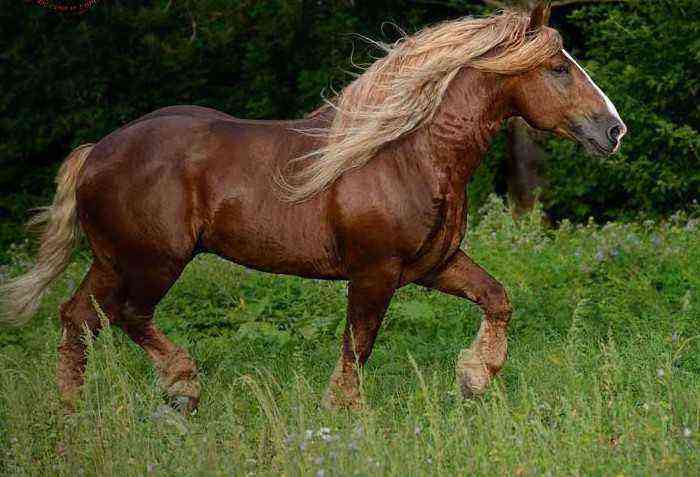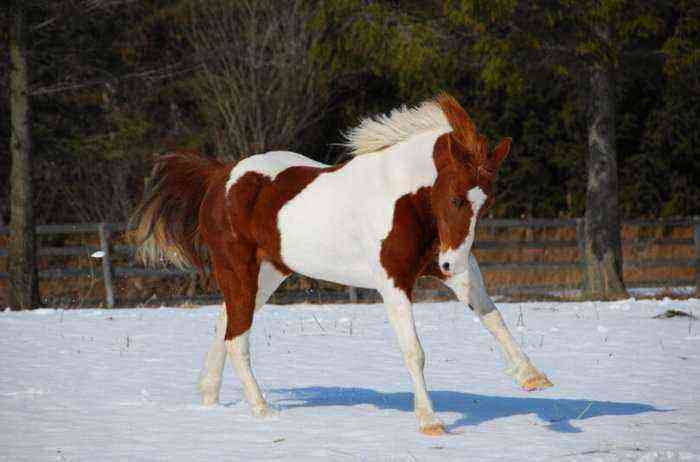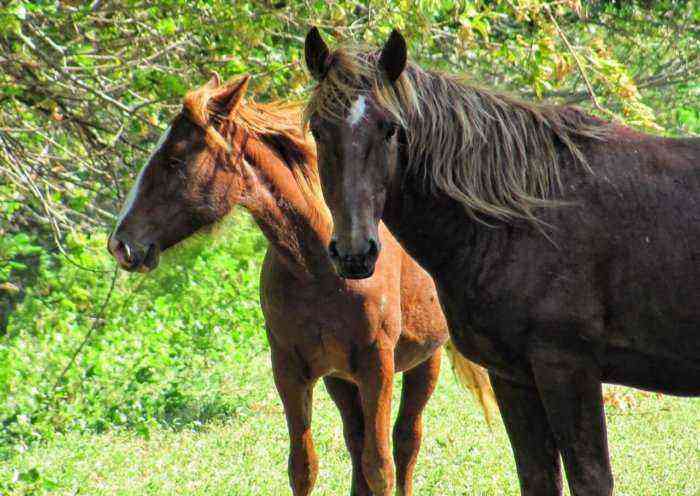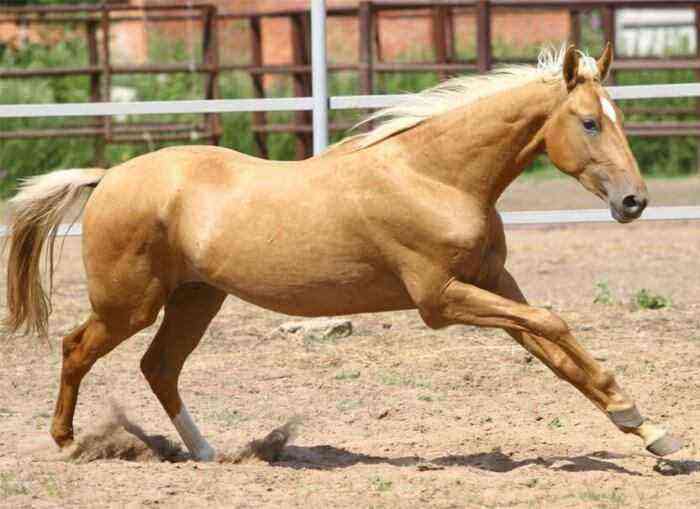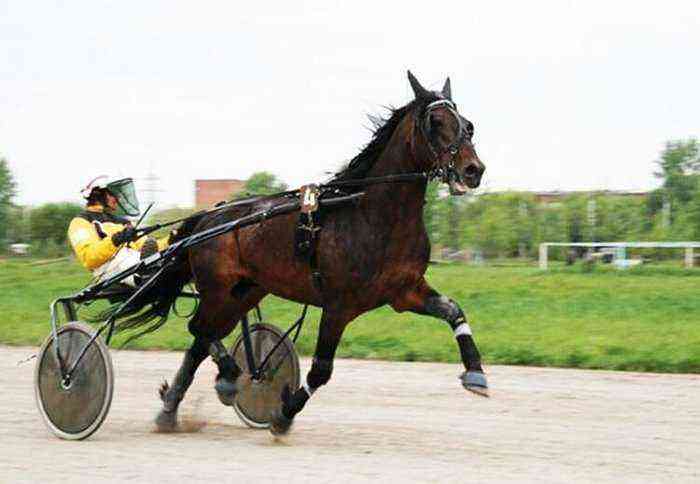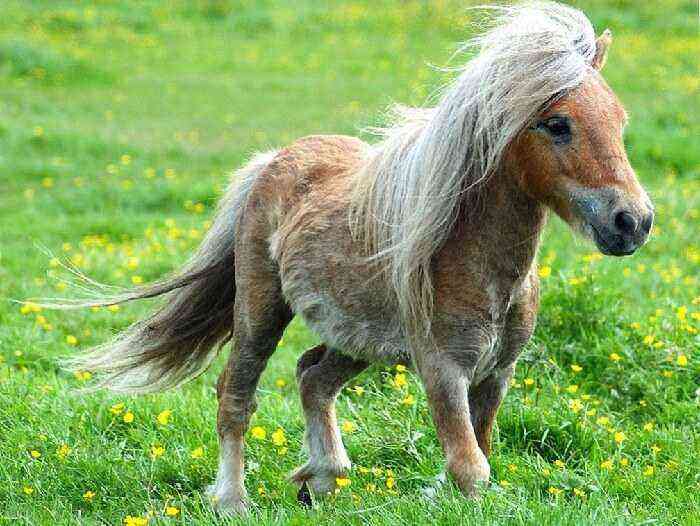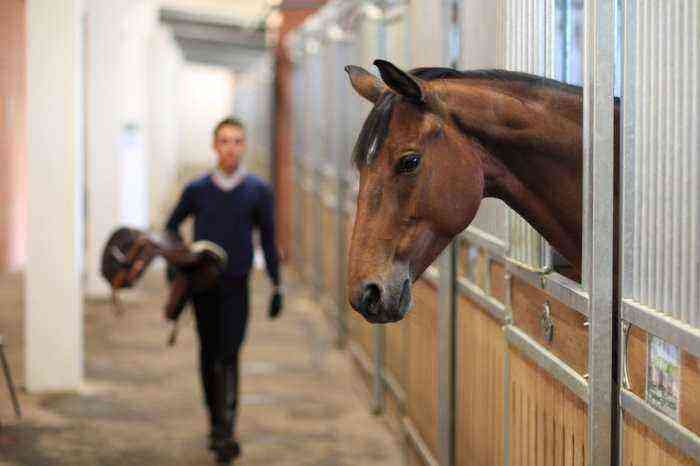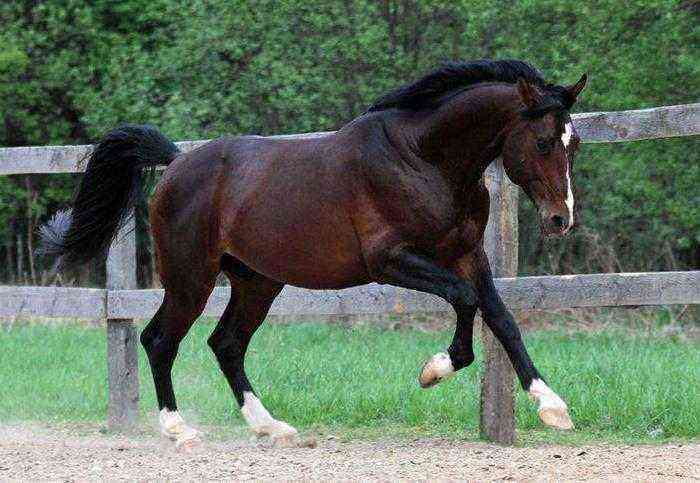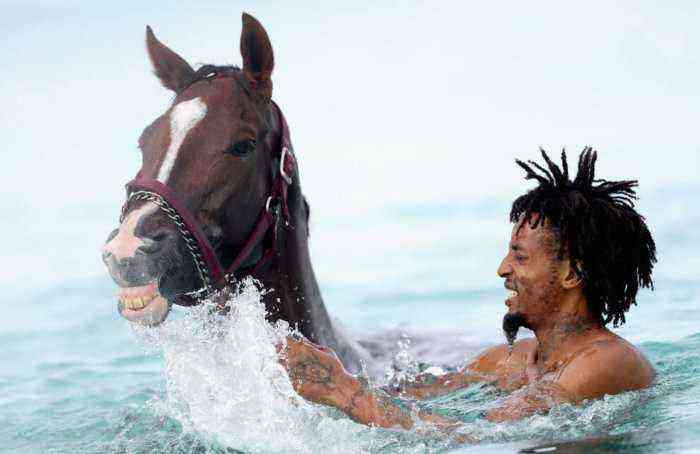The Mangalarga Marchador is a breed of horse native to Brazil, which is a descendant of horses of Spanish origin. From their ancestors from the Iberian Peninsula, these animals inherited extraordinary beauty, grace and endurance, and from local breeds of South American blood – the ability to walk marches.
Marshal to Manga
Origin of the breed line
The prerequisite for the creation of a new breed was the arrival in Brazil of the royal family from Portugal. This happened in 1808. João VI brought with him to South America the best stallions of the Lusitano breed, which were bred at that time at the Alter royal stud.
The animals were delivered to one of the provinces of the state of Minas Gerais. This is a truly beautiful place, famous for its abundance of pastures. Everywhere stretched huge plantations with coffee trees, which their owners walked daily. The local planters needed hardy horses on which they could take long walks, inspecting their possessions. The horses used by the owners of large estates were called “fazendeiro”. They made several demands:
- unpretentiousness;
- good disposition;
- comfortable stay of the rider in the saddle;
- endurance.
In 1822, João VI presented the local baron, the owner of a huge horse breeding farm, Gabriel Francisco Junqueira, with his best stallion named Sublime. So the horse of the Lusitano breed ended up at the Campo Alegre ranch in Minas Gerais. The farmer, who received a gift from the king, knew his business; for several decades he had been breeding horses, imitating his father.
Gabriel Francisco used a Lusitanian to mate with his ranch mares. They were of Spanish origin and were descendants of the horses of the colonizers. The best crosses born from Sublime were soon sold to the owner of a farm called Mangalarga. This horse breeding farm was located near Rio de Janeiro. Mr. Jukeira continued to breed the remaining individuals on the estate.
The descendants of Sublime were a real work of art. They combined beauty, elegance, grace. The horses were able to walk marches, a special kind of amble, for which they were nicknamed “pacers from Margalarga”. They demonstrated excellent qualities – mobility, endurance and the ability to soft flowing gaits. The best stallions of the horse farm carried the ranchers to the royal palace.
Soon the breed attracted public attention and began to gain popularity. Many years passed before it was officially recognized and registered. The tribal book of marshadors was started in 1949.
Tribal breed of marshadors
Splitting the breed into two lines
In the 19th century, part of the family of Mr. Jouqueira, who owned a horse farm in Minas Gerais, moved towards Sao Paulo, taking horses with them. The local pastures were striking in their gigantic size. To move through such terrain, not only comfortable horses were needed, but also fast ones. Now the farmers faced another task – to modify the breed, giving it agility.
The Jukeira family, who arrived on the Sao Paulo plateau, decided to infuse fresh blood for their horses. Thoroughbred English, Arabian stallions and representatives of the American horse line were chosen as breed improvers.
Such changes led to the division of the Brazilian breed of Mangalarga horses into 2 branches – Marchador and Paulista. The horses that were bred in Minas Gerais are distinguished by their ability to walk marches, a smooth gait that is convenient for the rider.
Animals from São Paulo, however, also have not lost the ability to demonstrate unusual gaits, but their moves are much faster than those of representatives of the Margalarga marchador line. Their march is called “trotada”, which literally translates from Portuguese as “lynx”. This type of running is faster than the traditional march, but not as smooth.
The current state of the breed
Today in Brazil there are about 320 representatives of the Mangalarga Marchador breed, and about 40 are the number of paulistas. Each of the lines has many fans among the local population. Despite the small number of the paulista branch, it has a number of advantages over its predecessor marshadore:
- these horses are more hardy;
- have agility;
- capable of covering long distances, although less convenient for the rider.
Attention! The marsha trotada, which is inherent in the paulista branch, is considered easier to perform, which allows the horses to move faster and easier over long distances. Moving in such a gait, horses save strength.
Horse Mangalarga marshadore
The committee of the breeders’ association scrupulously selects stallions and mares for breeding, evaluating applicants on a hundred-point scale. Great importance is attached to the external characteristics of animals and their ability to demonstrate the move.
The judges test the beauty, fluidity, speed and stability of each horse’s gait for 45 minutes. In order for a stallion’s name to be entered in the stud book, he must score 70 points. For mares, the requirements are a little softer, they need to get 65 points out of 100. Modern representatives of the breed are popular not only in their homeland, in Brazil, but also in Europe. They are successfully used in amateur sports.
Description of horses Mangalarga marshador
Exterior
The average stallion height is 1,52 m, and the weight is close to 500 kg. The colors common in the breed are caraca, gray, red, dark bay, piebald.
External characteristics:
- The head is dry with a nice straight profile. Less common is slightly bulbous, which is typical of Barbary blood.
- The neck is of medium length, set high and well muscled.
- A deep expanded chest indicates a large volume of the lungs.
- The body is not long, the line of the back is straight, the muscles are clearly visible on the lower back.
- The croup is oval, set low.
- The limbs are dry and thin with pronounced joints and strong hooves.
- The coat is soft to the touch, the mane is silky.
Character and dignity
Owners of horses of the Mangalarga Marchador breed describe their horses as calm and docile animals. They are smart, hardy and easy to train. The advantages of the breed include the following qualities:
- good adaptability to hot and humid tropical climate;
- resistance to diseases;
- undemanding to feed;
- the possibility of keeping both in the stable and on the pasture.
The famous brazilian horse gait
The Mangalarga Marchador breed is characterized by an unusual type of gait, called the move or march. It differs from the usual amble, which is shown by representatives of American breeds.
The Mangalarga Marchador breed is characterized by an unusual type of gait.
The walk is a cross between the traditional trot, amble and walk.. The running horse mangalarga marshador strikes the ground with its hooves in turn, while there is no suspension phase. That is, while running, one hoof is always in contact with the ground.
The march is characterized by less shaking than the trot, while the speed of movement is quite high. The mangalargi’s walk is ideal for a rider who has to spend several hours in the saddle. The ability for such a gait to horses is inherited. Almost all foals are capable of walking. Those who have not inherited this skill from their parents are easily trained.
Attention! In Brazil, 3 breeds of horses are bred that can move marches – Mangalarga Marchador, Paulista and Campolina. There are different types of moves – picada, cambric and trotada, characteristic of the paulista line.
Interesting fact
In 1994, 6 representatives of the Mangalarga Marchador breed were included in the Guinness Book of Records. They demonstrated their endurance and unpretentiousness to the full, covering a distance of more than 19 thousand km in 776 days. There were 3 older Brazilians with the horses. During the movement, the horses fell into different climatic zones and were content with pasture.
When the company returned to Sao Paulo, one of the travelers decided to continue their journey and went to the capital of Argentina, after which he galloped back. In total, the horse on which Jorge Diaz de Aguiar rode traveled 25100 km. This fact confirms how unpretentious, strong and hardy these animals are.
The Mangalarga Marchador is a unique breed of horses whose ancestors are Andalusian horses. In Brazil, they are highly valued, they are considered a national treasure of the country. The breeding book of this breed line has long been closed, animals are bred in purity of blood, according to strict standards. No wonder these horses have earned fame outside the South American continent. Today they can be found in Germany, Holland, Portugal and Belgium.


